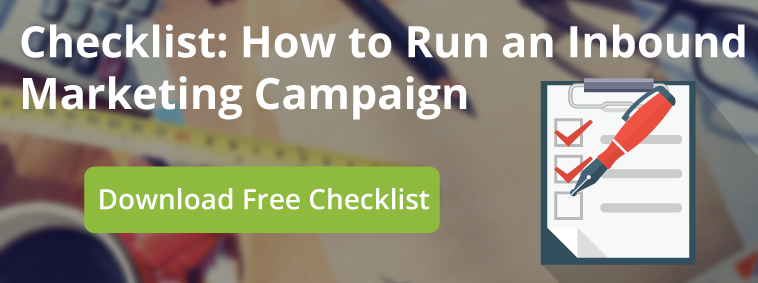Your business’ brand is much more than just its name and logo. It includes anything and everything that makes your business unique, ranging from company culture to the products or services it sells. Thus, a brand marketing strategy is more than simple calls-to-action that urge people to make purchases. It’s about storytelling.
Why use Storytelling for Brand Marketing Strategy?
Brands like Coca-Cola and Kleenex are much more than just the products they sell and the services they offer. They’re like living, breathing entities that have permeated our everyday lives.
Think about it. There’s not a HUGE difference between Coke and generic cola. There’s barely any difference between Kleenex and store brand tissues. Yet, people still tend to opt for the name brands that they recognize. That’s because the name brands have become synonymous with quality.
Telling your brand’s unique story gives it life and makes it a more reliable option in the eyes of your customers. But how do you tell that story?
6 Steps to Successful Storytelling
1. Identify your Target Audience
Like all other marketing endeavors, storytelling begins with understanding who’s actually going to be consuming your brand’s story.
One of the easiest ways to figure out your target audience is to conduct a buyer persona exercise, in which you create fictional representations of your business’ customers.

2. Determine Marketing Objectives
Brand marketing campaigns don’t necessarily have to involve increasing revenue (although that’s the ultimate goal, of course). Instead, they may seek to improve social media engagement or build brand equity.
Clearly outline which goals you’d like to achieve through brand marketing in order to understand which story you should be telling.
3. Decide which Story to Tell
Maybe your business has a rich history you’d like to leverage, or maybe it’s brand new and you want to share its mission statement with the world. Maybe you want to sell products or services, or maybe you want to provide people with helpful content.
Regardless, focus on one clear and concise narrative you’d like to get across. Too much conflicting information will dilute the strength of your brand and make it less appealing to your audience.
4. Establish a Brand Identity System and Style Guide
Based on all of the above steps, establish a cohesive brand identity system and style guide that includes guidelines for the following:
- Visual content
- Written content
- Tagline
- Industry jargon or easy-to-understand vocabulary
- Grammar
- Voice and tone
If your customers are typically social media-savvy millennials who have a reasonable grasp of internet humor, your brand’s identity system and style guide will differ drastically from a business that provides retirement planning for people ages 50 and up, for example.

5. Develop a Content Strategy
Content is what’s going to actually tell the story. You’ll need a strategy that dictates which types of content to create, who’s going to create it and how/when it’s going to be distributed.
Formats
Content formats will vary based on how your target audience consumes content, but some common types are:
- Website
- Blogs
- Social media posts and advertisements
- Email marketing
- PPC advertisements
Creators
Depending on the strengths of your business’ in-house marketing team, you may need to outsource some (or all) of your content creation to a creative agency.
Distribution
Content calendars are often used to map out distribution process systematically.
6. Launch the Campaign
Finally! After you’ve figured out the ins and outs of your strategy and created the necessary content, it’s time to launch your campaign and await the results.
Remember, brand marketing strategy doesn’t end upon campaign launch. Every campaign must be analyzed, fine-tuned and tweaked for improvement!


